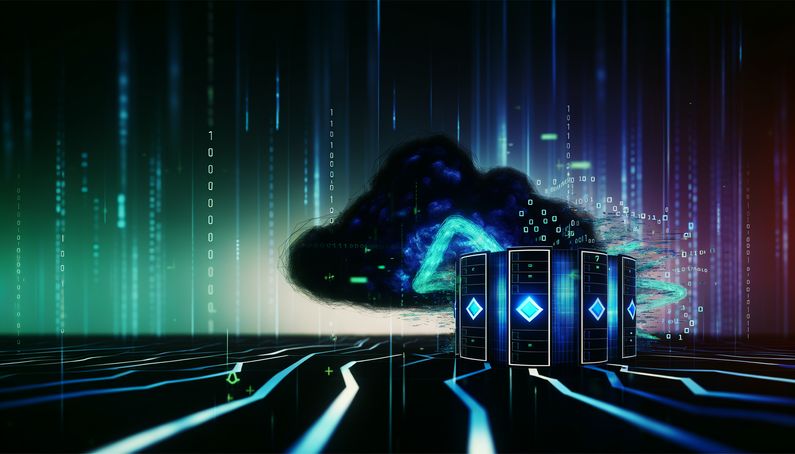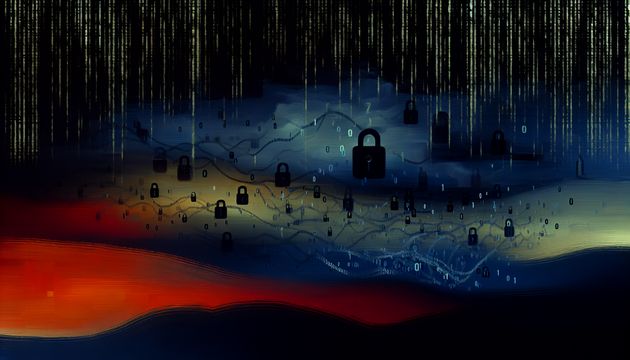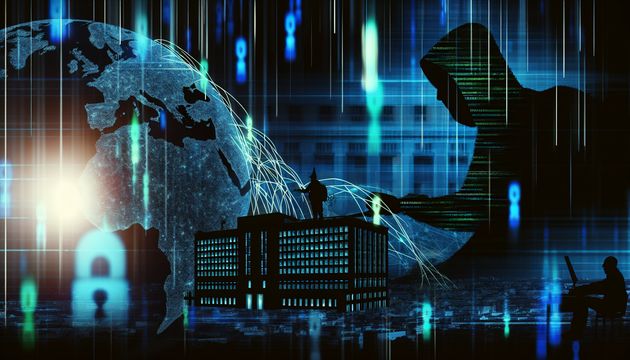
Dark Storm's Cyberattack on X: A Wake-Up Call for Cybersecurity
The cyberattack on X, formerly known as Twitter, by the Dark Storm hacktivist group has reverberated across the digital landscape. This group, which emerged in 2023, is notorious for its pro-Palestinian stance and has previously targeted organizations across Israel, Europe, and the US. The attack on X was a classic Distributed Denial of Service (DDoS) attack, which flooded the platform’s servers with fake traffic, causing significant service disruptions. Elon Musk, the owner of X, described it as a “massive cyberattack” potentially involving a large, coordinated group or even a nation-state (BleepingComputer). This incident underscores the persistent threat posed by hacktivist groups and highlights the importance of robust cybersecurity measures.
The Cyberattack on X
Background of the Attack
The recent cyberattack on X, formerly known as Twitter, has been attributed to the Dark Storm hacktivist group. This group, which emerged in 2023, is known for its pro-Palestinian stance and has targeted organizations in Israel, Europe, and the US. The attack on X was characterized by a Distributed Denial of Service (DDoS) attack, which overwhelmed the platform’s servers with fake traffic, leading to significant service disruptions. Elon Musk, the owner of X, confirmed the attack, stating that it was a “massive cyberattack” involving substantial resources, potentially from a large, coordinated group or a nation-state (BleepingComputer).
Technical Details of the DDoS Attack
The DDoS attack involved overwhelming X’s servers with an excessive amount of traffic, causing the platform to experience multiple outages. A DDoS attack is a method where attackers use a network of computers to send a flood of requests to a server, making it difficult for legitimate users to access the service. The attack was so severe that X had to implement DDoS protections from Cloudflare, which included displaying captchas to suspicious IP addresses. This measure was necessary to filter out malicious traffic and maintain the platform’s functionality (BleepingComputer).
Impact on X’s Operations
The cyberattack had a significant impact on X’s operations, causing intermittent outages throughout the day. According to Downdetector, the first reports of service disruptions began around 5 a.m. ET, with X recovering before going down again around 9 a.m. The outages continued intermittently, affecting users’ ability to access the platform and refresh feeds. Experts noted that the pattern of the outages was consistent with a DDoS attack rather than a configuration or coding error (BBC News).
Dark Storm’s Motivation and Tactics
Dark Storm is a hacktivist group with a pro-Palestinian agenda, primarily targeting organizations and countries that support Israel. The group has previously collaborated with pro-Russian hackers to expand its operations. The attack on X is part of a broader campaign by Dark Storm to disrupt entities perceived as adversaries. The group is known for its sophisticated cyber warfare tactics, including remote access, data infiltration, ransomware, and DDoS attacks (PCMag).
Response and Mitigation Efforts
In response to the attack, X implemented Cloudflare’s DDoS protection measures to mitigate the impact of the attack. This included the use of captchas to verify legitimate users and block malicious traffic. Additionally, X’s technical team worked to trace the source of the attack, although identifying the exact perpetrators of a DDoS attack can be challenging due to the distributed nature of the attack (CNN Business).
Broader Implications for Cybersecurity
The attack on X highlights the ongoing threat posed by hacktivist groups and the need for robust cybersecurity measures. DDoS attacks, while rudimentary, can be highly effective in disrupting services, especially when executed with significant resources. The incident underscores the importance of having comprehensive DDoS protection in place and the need for organizations to remain vigilant against potential cyber threats (ZDNet).
Future Outlook
As cyber threats continue to evolve, organizations must adapt their cybersecurity strategies to address new challenges. The attack on X serves as a reminder of the potential impact of cyberattacks on major technology platforms and the importance of collaboration between companies and cybersecurity experts to enhance defenses. Moving forward, it is crucial for organizations to invest in advanced security technologies and maintain a proactive approach to threat detection and response (Times Now).
Final Thoughts
The attack on X by the Dark Storm hacktivist group serves as a stark reminder of the vulnerabilities that even major technology platforms face in the digital age. The DDoS attack, while rudimentary, was executed with such scale and coordination that it disrupted X’s operations significantly. This incident highlights the need for comprehensive DDoS protection and the importance of collaboration between companies and cybersecurity experts to enhance defenses (ZDNet). As cyber threats continue to evolve, organizations must adapt their strategies to address new challenges, investing in advanced security technologies and maintaining a proactive approach to threat detection and response (Times Now).
References
- X hit by massive cyberattack amid Dark Storm’s DDoS claims, 2025, BleepingComputer source url
- Thousands of users report issues accessing Elon Musk’s X platform, 2025, NBC News source url
- Elon Musk blames X outage on massive cyberattack, 2025, PCMag source url
- X outages reportedly caused by massive cyberattack, 2025, ZDNet source url
- Who are the Dark Storm team? Hacking group claims responsibility for cyberattack on X, 2025, Times Now source url



